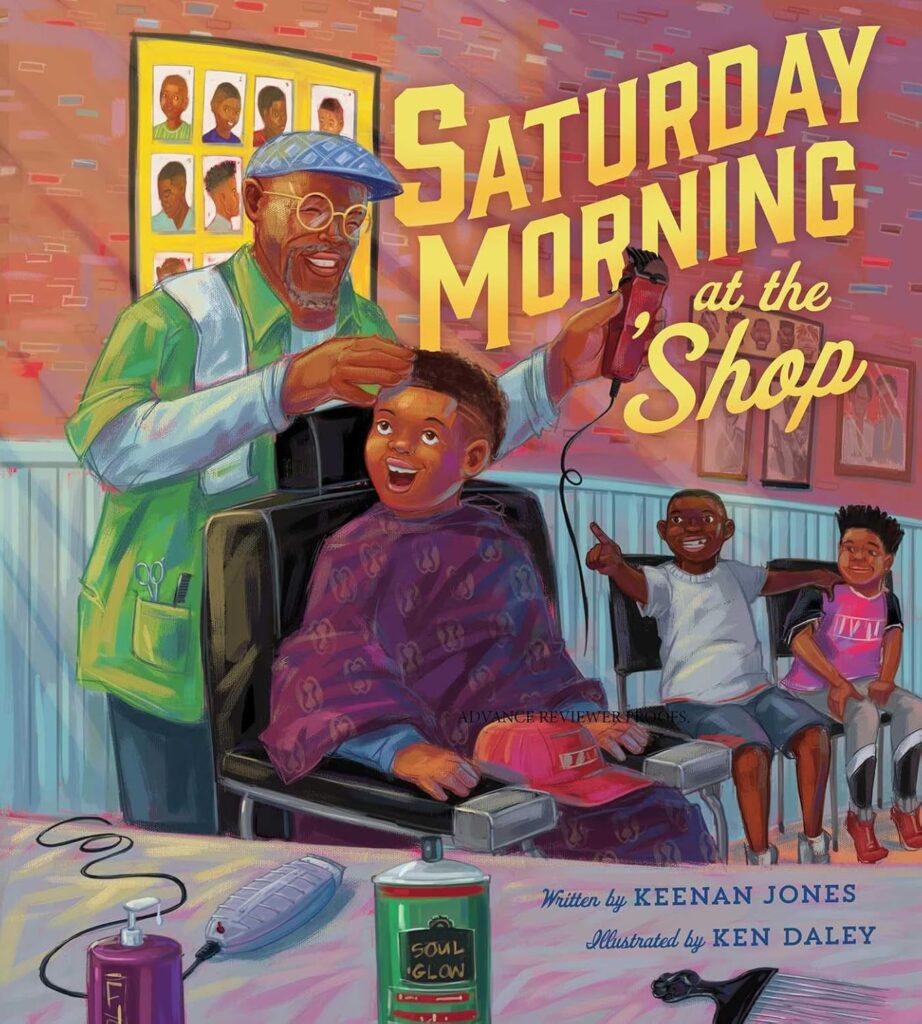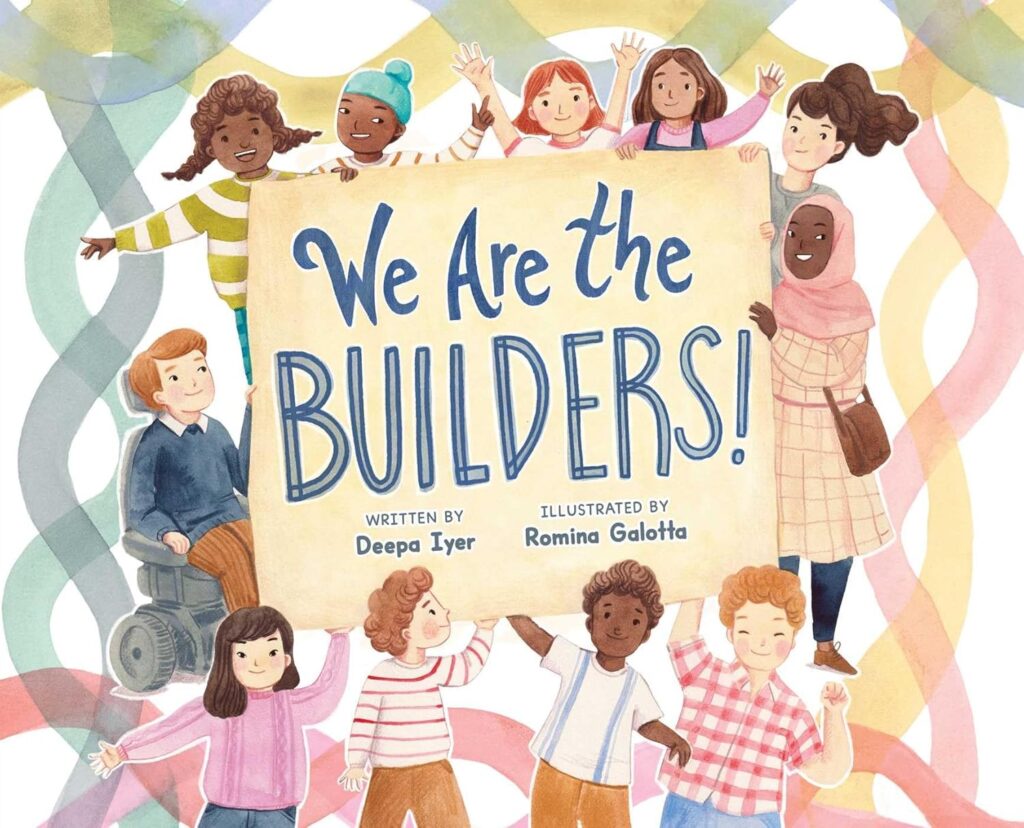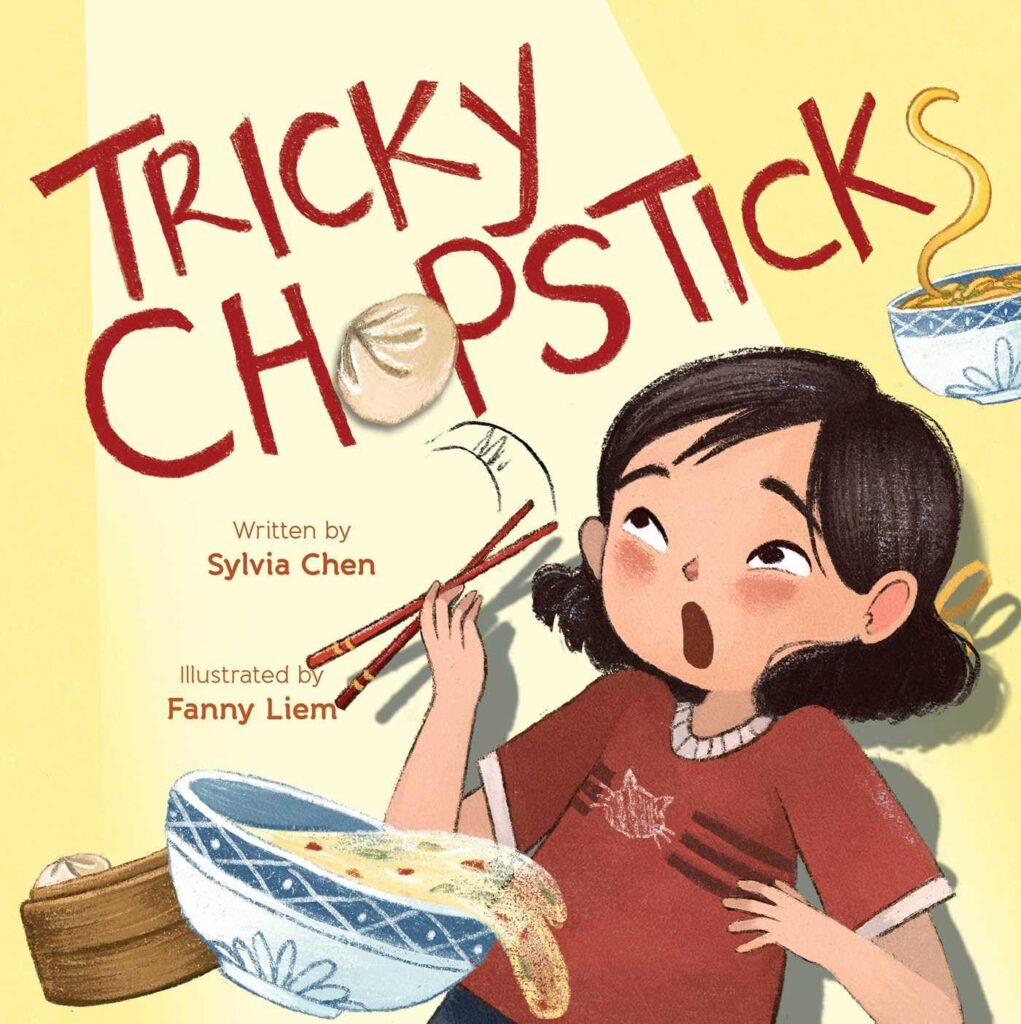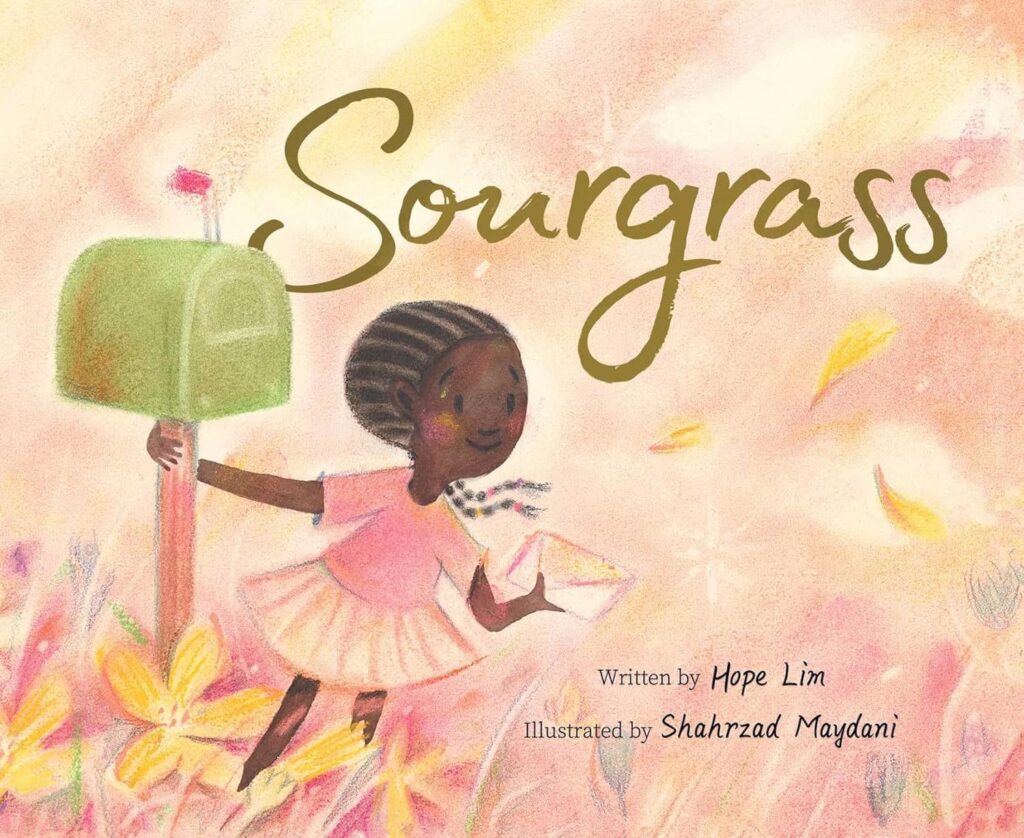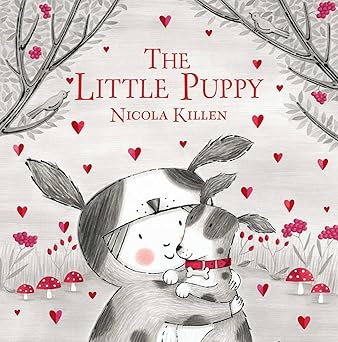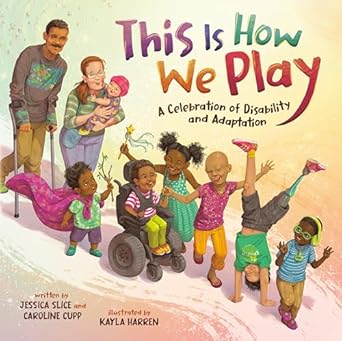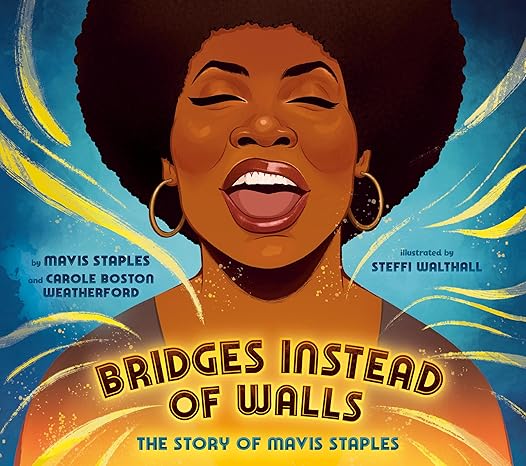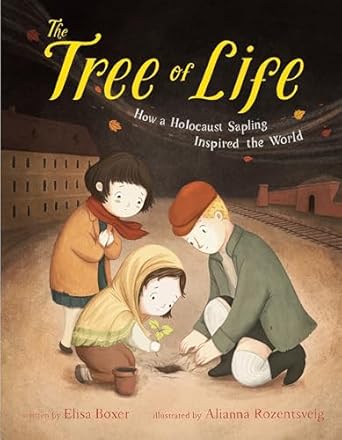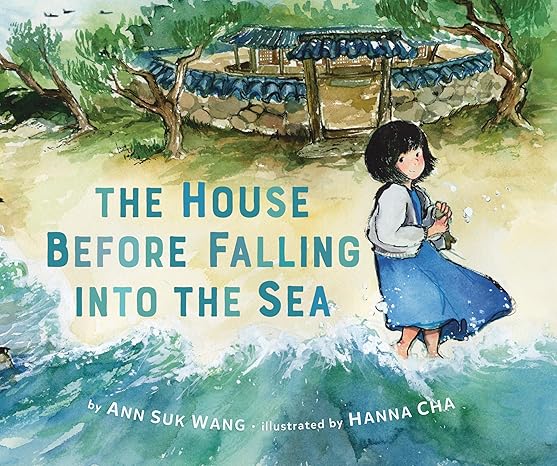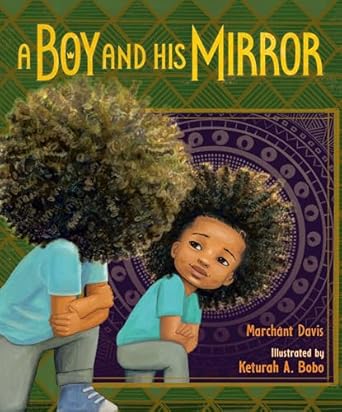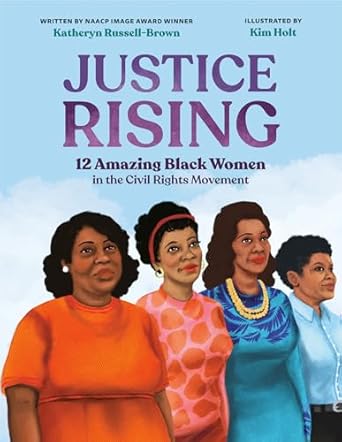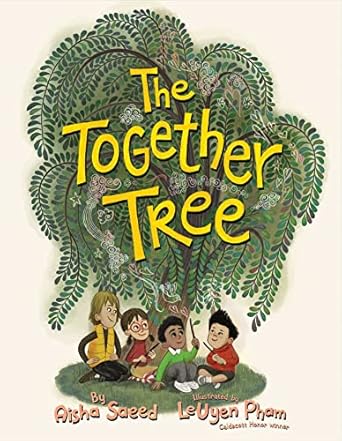This book is a celebration of how a black barbershop plays an important role in the black community. The ‘shop is a sound booth, a gallery, a sports show, a comedy club, a playground, a showroom, a classroom, and a studio where community shares wisdom, joy, and love. Each spread begins with, “The ‘shop is our…” and continues with a description. Word choice and cadence reflect the culture of a black urban barbershop.
The illustrations are bright and cheerful and depict the shared experiences at the barbershop. Characters are mainly brown skinned boys and men with a variety of hair styles..

